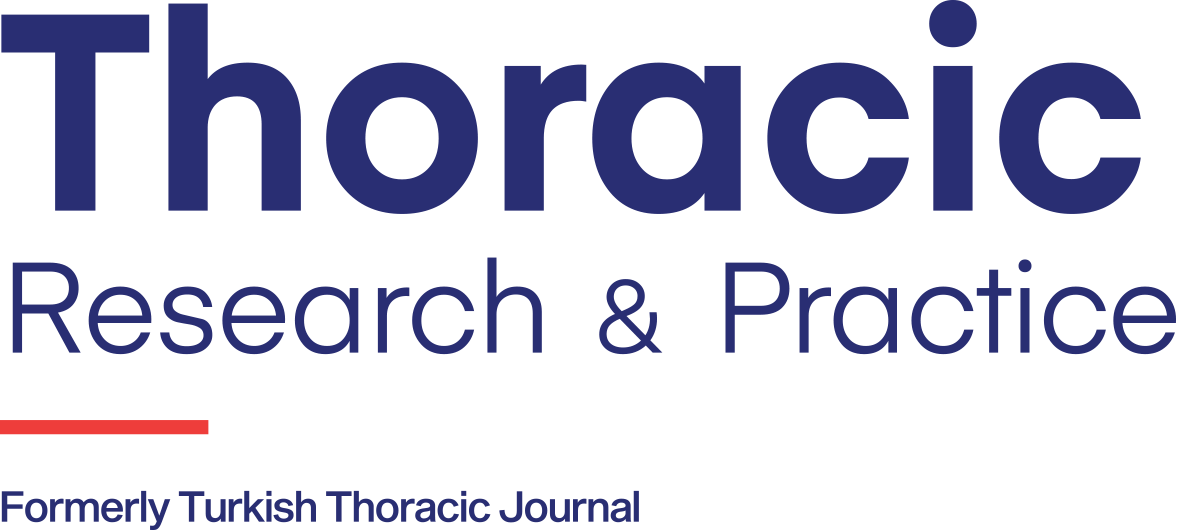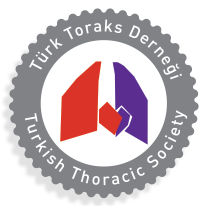Abstract
Objectives:
It has been reported that increased thoracic mobility can be achieved by thoracic manipulation applied to healthy individuals and this increase may also be related to respiratory function and respiratory muscle strength. However, a limited number of studies have been investigated the effect of thoracic manipulation on pulmonary functions in healthy individuals and the results of the current studies are contradictory. In the light of the current literature,the aim of this study was to investigate the effects of single-session thoracic manipulation on chest wall mobility and pulmonary function parameters.
Methods:
A total of 78 healthy men aged 20 and over were recruited for the study. The participants were randomized to either the thoracic manipulation group (n=39) or the placebo group (n=39). An experienced physical therapist in manual therapy administered the thoracic manipulation and placebo intervention. Before and after the application subjects chest wall mobility were measured with axillary, epigastric and subcostal levels. Pulmonary function parameters were assessed by using Spirobank II. The difference between groups was analyzed by 2×2 repeated-measures ANOVA.
Results:
The mean age and body mass index of participants were 21.61±2.30 years in Group 1, 21.90±1.74 years in Group 2 and 26.80±4.77 kg/m2 in Group 1, 25.75±3.42 kg/m2 in Group 2, respectively. Before the intervention, there were no significant differences between groups for demographic, chest wall mobility and pulmonary function parameter variables (p>0.05). After single thoracic manipulation intervention, any significant difference was not found in the measurements of chest circumference, pulmonary function test values between groups (p>0.05).
Conclusion:
In our study, thoracic manipulation produced minimal changes in chest wall mobility and respiratory functions. However, these changes were not clinically significant. We believe that this result occurred because manipulation was executed only one session during the study. Further studies with a high level of evidence are needed to evaluate the effectiveness of the frequency of manipulation, session duration and manipulation application combined with different techniques or treatment methods.



